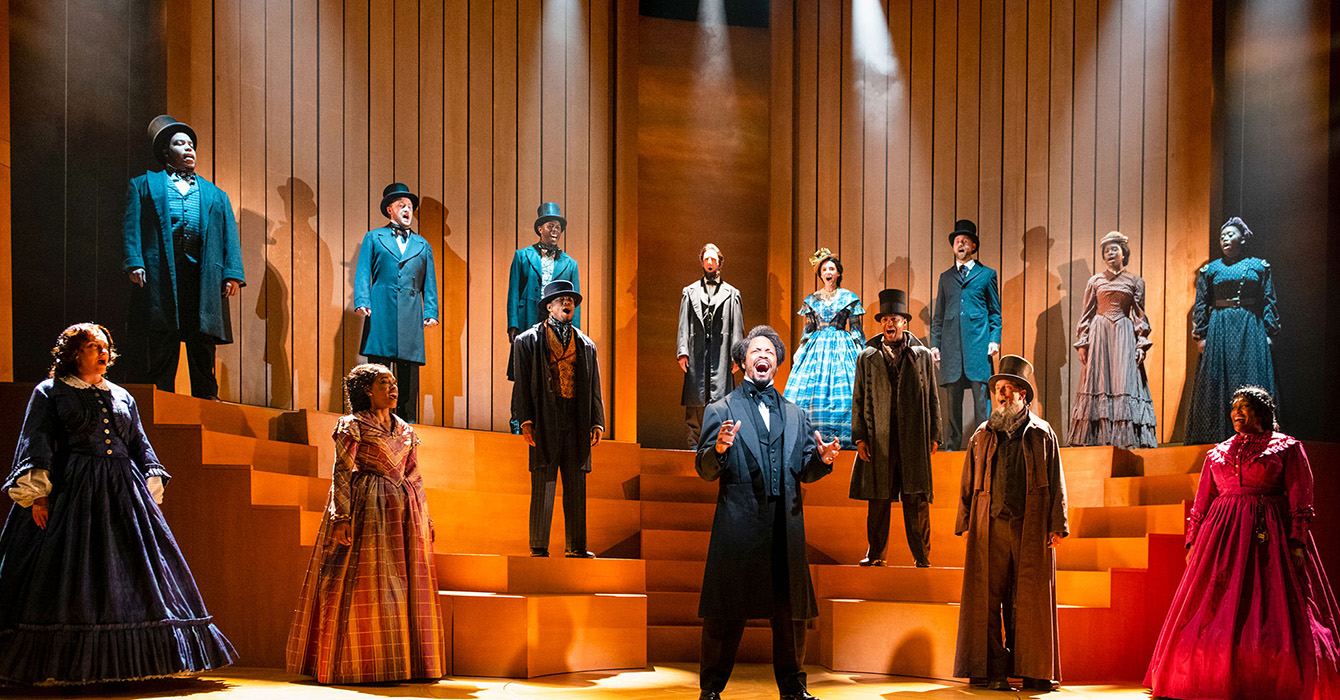As a Bruce Springsteen fan, I was pleased to see the rocker and folk icon recognized at the annual Kennedy Center Honors at the end of last year.
Violinist Itzhak Perlman lionized Springsteen in words that resonate with some of my thoughts about leadership. “He gives his audience what it wants, but he also lets them know what they want, and helps teach them to want more.”
If you’ve ever been to a concert with Bruce and his E Street Band, you know that he does dig deep into his catalog of favorites, ripping into just the right song to bring the crowd to its feet again and again. But unlike some old groups that just keep touring, nobody would think of his concert as an oldies show. For one thing, the songs are constantly reinterpreted (or, as Bruce said of the folk songs on his Seeger Sessions album, “re-contextualized”) and lined up with one another in striking ways.
I showed the Perlman quote to the music minister at my church. “Here,” I said. “This is what we’re trying to do in worship.” That is, we are attempting both to honor both the great Tradition of the Church and the worship traditions of our people as they are known to us, while stretching the congregation with new types of music, especially contemporary worship songs and global Christian worship music.
Of course, not everyone in the congregation wants the same thing or shares the same traditions. Some would prefer more songs led by the worship band, for example, while others don’t think they’ve been to church unless they’ve sung the Gloria Patri and Doxology with the organ. Then again, on the Sunday after Epiphany we sang a Puerto Rican Three Kings Day carol accompanied by guitars, piano, maracas, wood blocks, and tambourine that brought smiles to the faces of our small number of Hispanics (and most of the rest of us).
This approach to leadership is not limited to worship planning. The focus on worship and music here is illustrative of organizational leadership more generally. What I’m suggesting is leadership as an organic process, involving the leader and others in the organization in an interactive, relational movement of transformation that remains true to and stretches the organization’s essential identity and mission.
In the church, such leadership is exercised -- as with Springsteen -- on stage. Or rather from the pulpit and altar. There is not a large literature on the relationship of preaching and leadership. Most homiletics texts rarely touch on leadership, while resources on leadership rely heavily on the latest thinking in the field of management. My former colleague at Northern Seminary, Michael Quicke, attempts to remedy this in “360-Degree Leadership: Preaching to Transform Congregations” (Baker Books, 2006).
I learned a bit about the study of “rhetorical leadership” from a book with the subtitle, “The Rhetorical Leadership of Alexander Campbell.” Communications professor Peter Verkruyse writes that “rhetorical acts are both designed for and experienced in the particular. They both shape and are shaped by the exigencies and constraints inherent in the rhetorical situation of the moment. . . . It is precisely rhetoric’s radical attention to the particular, the contingent and the local, ephemeral character of its situatedness that distinguishes its essence as an art” (“Prophet, Pastor, and Patriarch,” [Alabama]).
Leadership may be thought of in this light as “a ministry of nudging.” Such an approach begins with appreciative knowledge of the ethos of an organization (in my case, a church or a seminary) and initiates change from within that culture, building on existing strengths. Echoing Bruce, we should try to give our people what they want, but also to interpret their desires biblically and theologically, and teach them to want something more.
Charles Hambrick-Stowe is pastor of the First Congregational Church, Ridgefield, Connecticut. He was formerly an academic dean at Northern Seminary in Lombard, Illinois.







